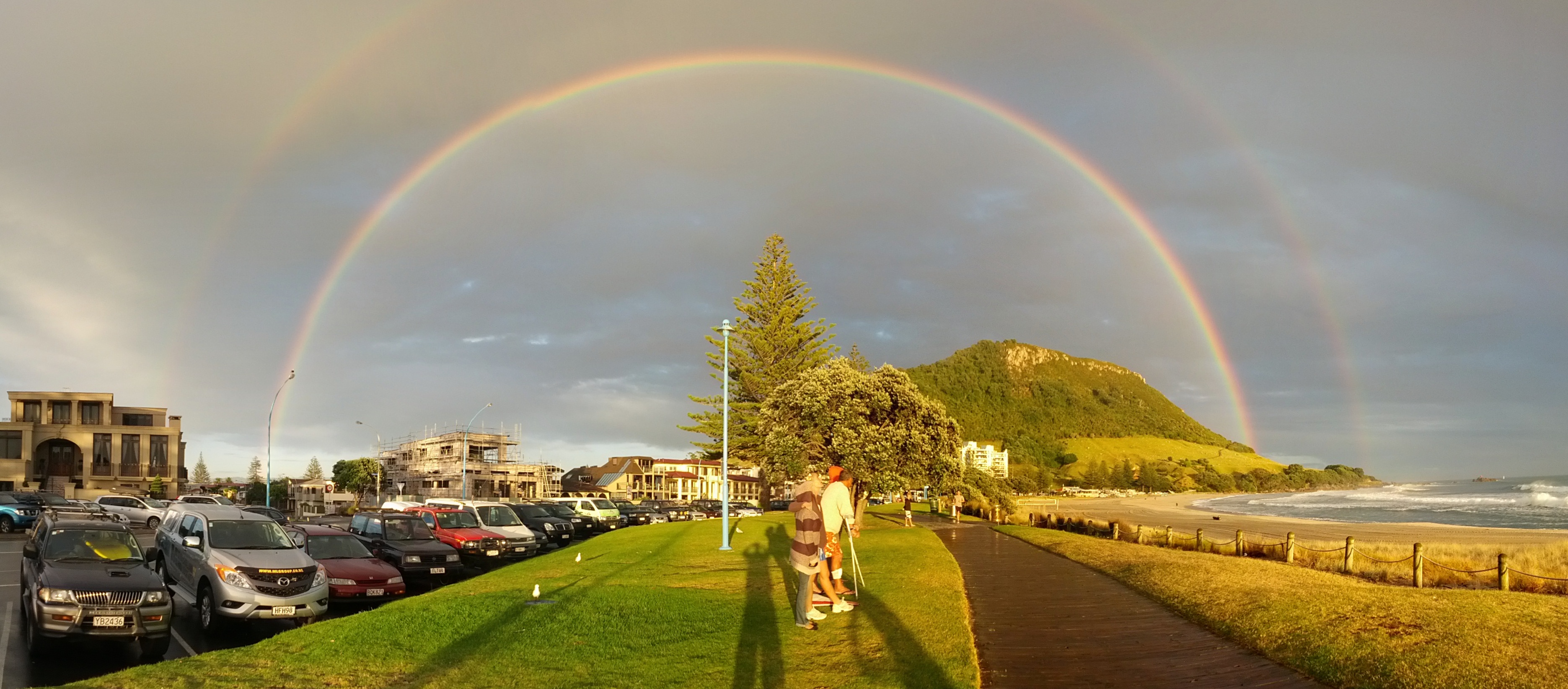10 Amazing Things You Can See From Space Without A Telescope
The universe is a vast expanse, a cosmic canvas painted with wonders that inspire awe and curiosity. While telescopes offer a glimpse into the distant realms of space, many celestial phenomena can be appreciated with the naked eye. From the shimmering auroras to the blazing comets, these sights connect us to the cosmos, reminding us of our place in the universe. This article embarks on a journey through 10 astonishing sights from space, each a testament to the beauty and mystery of the heavens. By exploring these wonders, we deepen our understanding of the universe and our intrinsic connection to it. The night sky has fascinated humanity for millennia, serving as a calendar and a compass. Ancient civilizations used the stars to navigate seas and seasons, weaving myths and legends around constellations. Today, with the proliferation of artificial light, many have lost touch with the celestial panorama. However, these eleven wonders offer an opportunity to reconnect with the night sky, to witness the grandeur of the universe without the aid of telescopes. Each section of this article will delve into a unique phenomenon, unraveling its scientific marvels and cultural significance.
1. The Northern and Southern Lights: Nature's Light Show
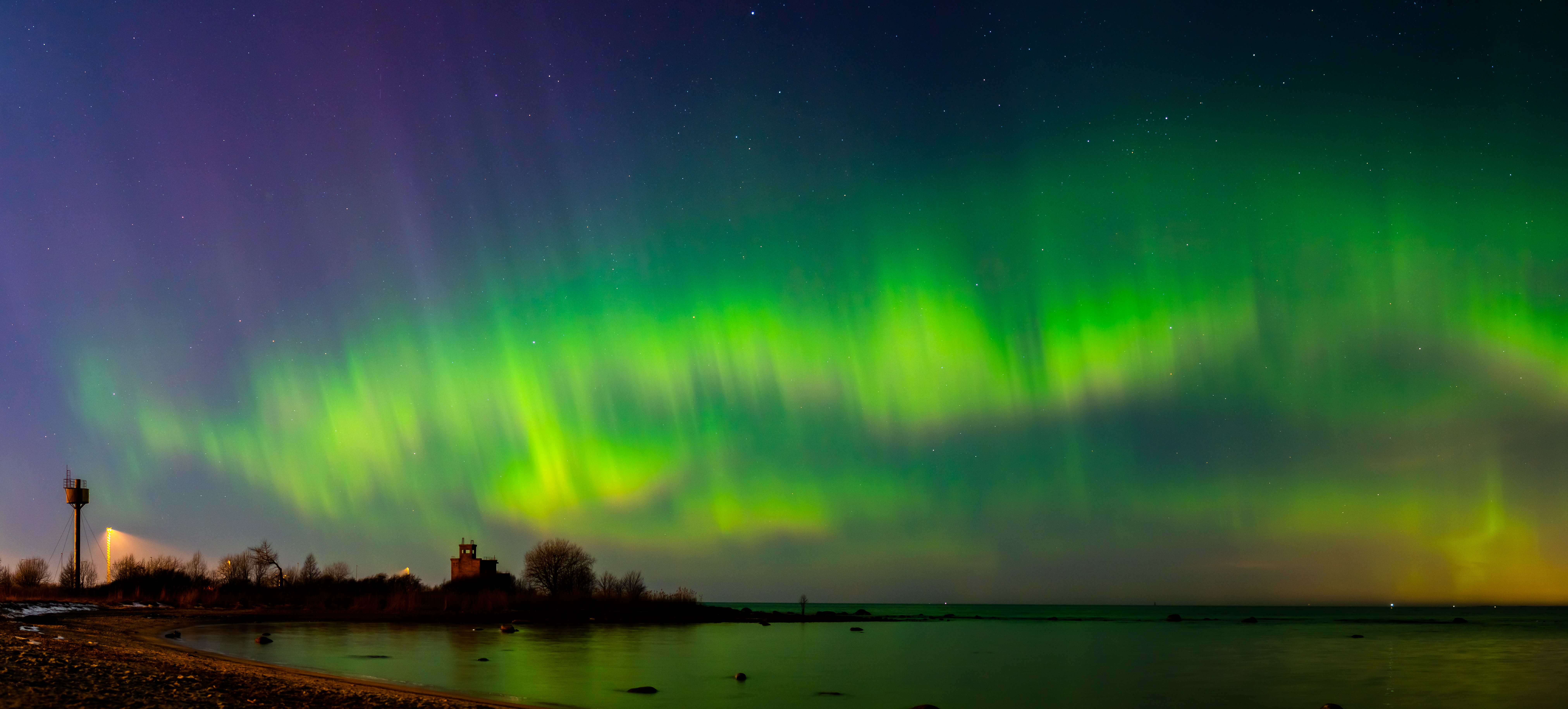
The auroras, known as the Northern Lights (Aurora Borealis) in the northern hemisphere and the Southern Lights (Aurora Australis) in the southern hemisphere, are among the most mesmerizing natural phenomena. These dazzling light displays are caused by the interaction between solar winds and Earth's magnetic field. Charged particles from the sun collide with gases in the Earth's atmosphere, resulting in vibrant colors that dance across the sky. The auroras are most visible in regions close to the magnetic poles, such as Norway, Canada, and Antarctica. Beyond their scientific allure, auroras have captivated human imagination for centuries. Indigenous cultures across the Arctic have rich folklore surrounding the lights, often viewing them as spirits or celestial beings. The Sami people of Scandinavia believed the lights were the souls of the departed, while the Inuit saw them as the spirits of animals. Today, the auroras continue to inspire artists and scientists alike, reminding us of the dynamic relationship between our planet and the sun. Witnessing the auroras is an unforgettable experience, a testament to the beauty and complexity of our natural world.
2. Meteor Showers: Celestial Fireworks
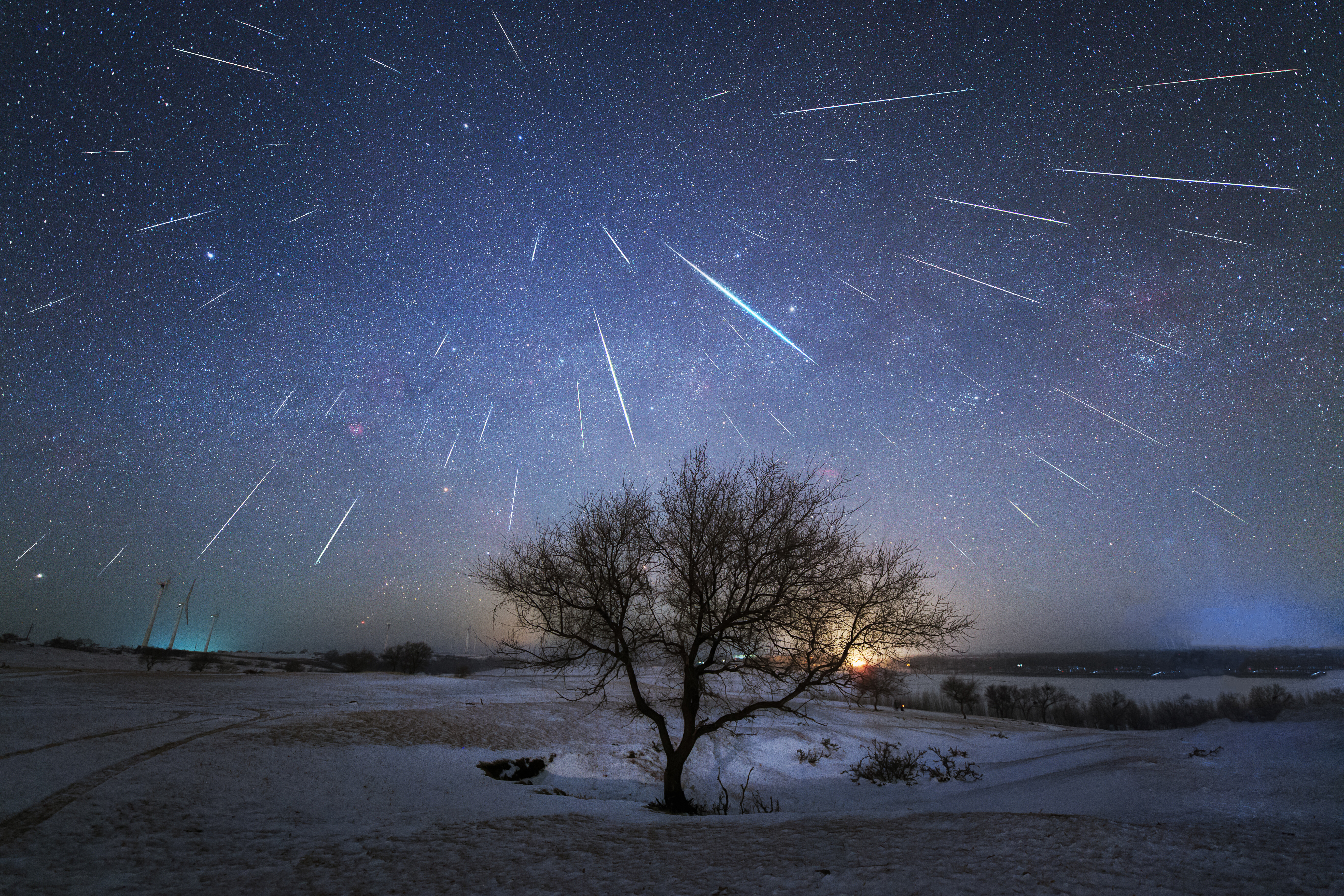
Meteor showers are another spectacular sight that can be enjoyed without a telescope. These events occur when Earth passes through the debris trail left by a comet or asteroid. As these particles enter the Earth's atmosphere, they burn up, creating streaks of light across the sky. Some of the most well-known meteor showers include the Perseids, Leonids, and Geminids, each occurring annually and offering a stunning display of celestial fireworks. Meteor showers have been observed for thousands of years, with records dating back to ancient China and Babylon. These events have often been associated with omens or divine messages, reflecting humanity's enduring fascination with the cosmos. In modern times, meteor showers allow amateur astronomers and stargazers to connect with the night sky. The best time to view a meteor shower is during its peak, when the sky is darkest and the moon is not visible. With patience and a clear night, observers can witness dozens of meteors per hour, each a fleeting glimpse of the universe's grandeur.
3. The Milky Way: Our Galactic Home
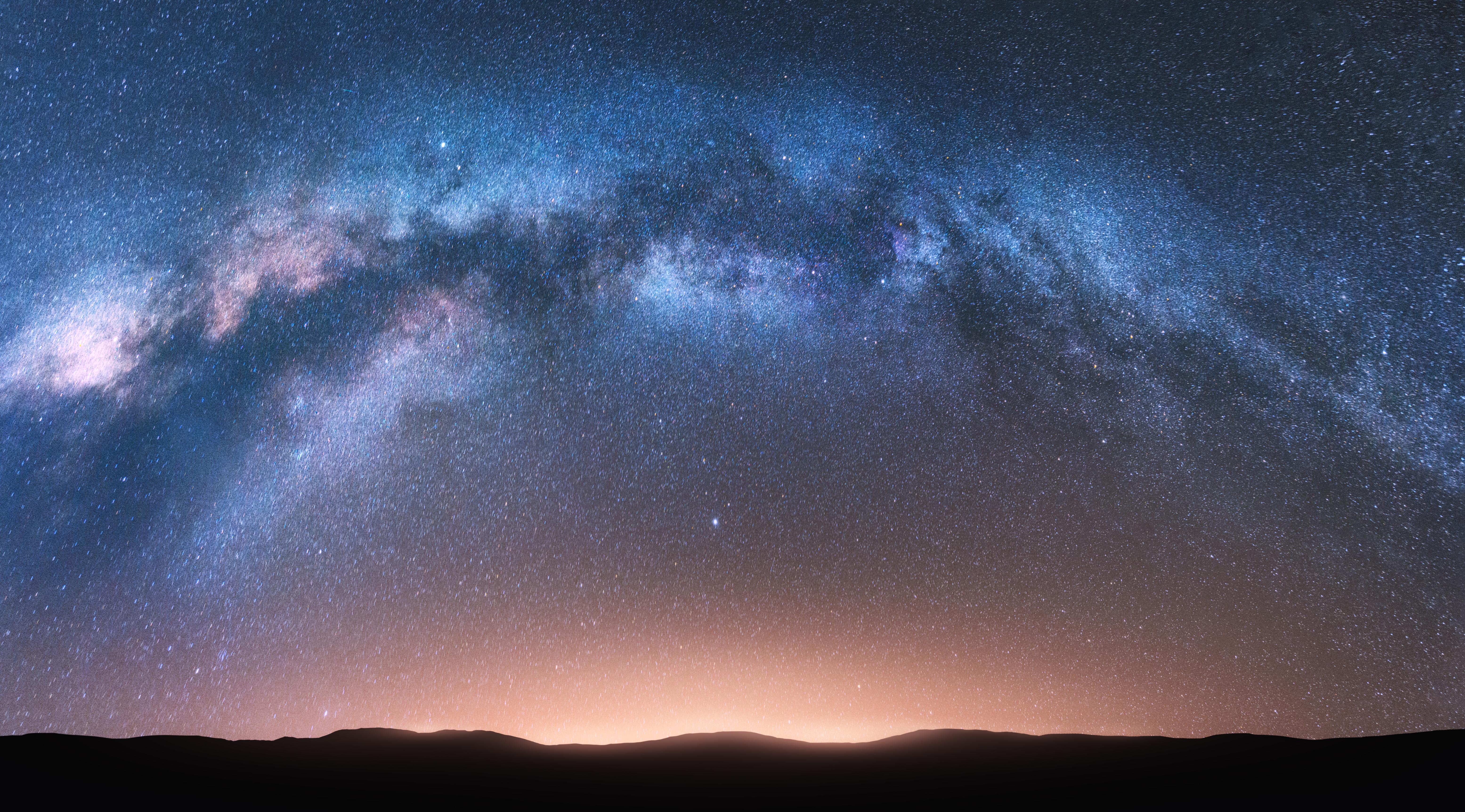
The Milky Way galaxy, our cosmic home, is a breathtaking sight that can be seen from Earth without a telescope. On a clear, dark night, far from city lights, the Milky Way is a luminous band stretching across the sky. This band comprises billions of stars, gas, and dust, all orbiting around a central supermassive black hole. Observing the Milky Way allows us to appreciate the vastness of our galaxy and our place within it. The Milky Way has been a source of wonder and inspiration for cultures worldwide. The ancient Greeks saw it as a river of milk spilled by the goddess Hera, while the Maori of New Zealand referred to it as a celestial waka (canoe). Today, the Milky Way continues to captivate astronomers, who study its structure and dynamics to understand the evolution of galaxies better. Observing the Milky Way is a humbling experience, a reminder of the immense scale of the universe and the interconnectedness of all its components.
4. Eclipses: Celestial Alignments
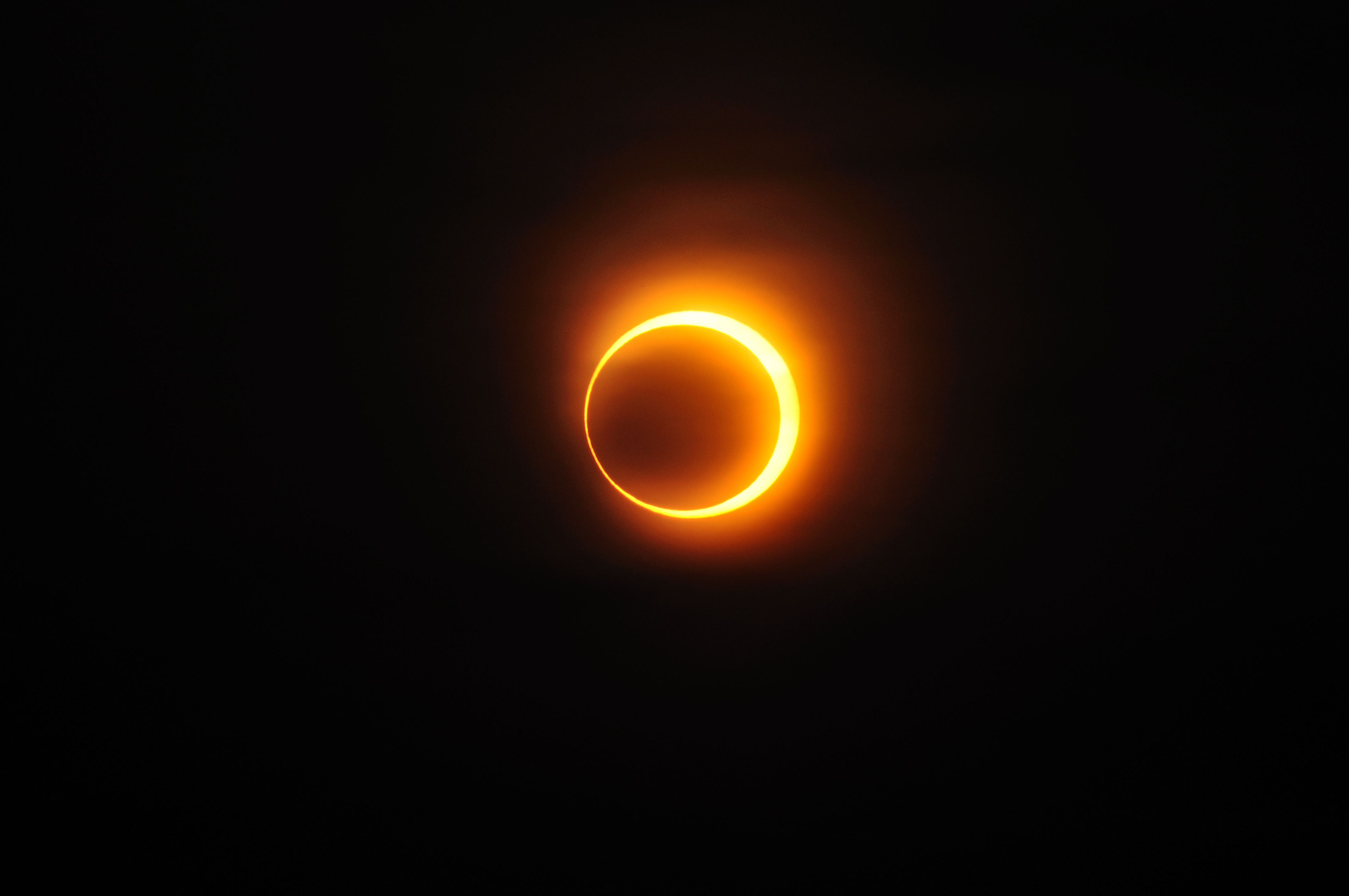
Eclipses are awe-inspiring events that occur when the sun, moon, and Earth align in a straight line. There are two main types of eclipses: solar and lunar. A solar eclipse happens when the moon passes between the Earth and the sun, temporarily blocking the sun's light. A lunar eclipse occurs when the Earth passes between the sun and the moon, casting a shadow on the moon. Both types of eclipses offer a unique opportunity to witness the mechanics of our solar system in action. Throughout history, eclipses have been viewed with awe and apprehension. Many ancient cultures saw them as omens or divine interventions, while others used them to develop early astronomical models. Today, eclipses are celebrated events, drawing crowds of spectators and scientists alike. Solar eclipses, in particular, provide a rare chance to observe the sun's corona, the outermost layer of its atmosphere. Whether viewed through special glasses or projected onto a surface, eclipses profoundly connect to the celestial rhythms that govern our world.
5. Comets: Cosmic Wanderers
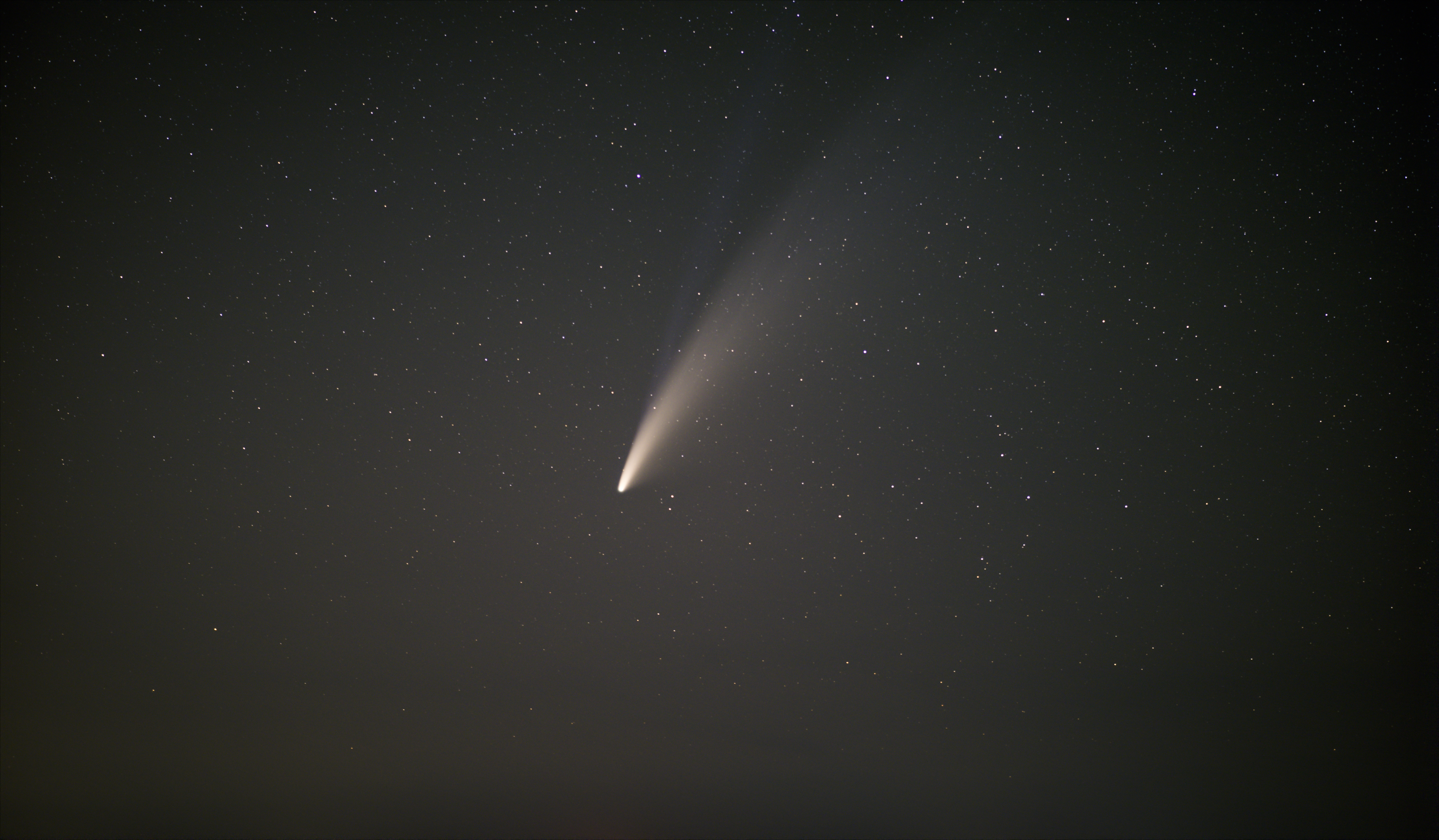
Comets, often called cosmic wanderers, are icy bodies that orbit the sun in elongated paths. As they approach the sun, the heat causes their icy surfaces to vaporize, creating a glowing coma and a tail that can stretch for millions of kilometers. Some comets, like Halley's Comet, are visible from Earth without a telescope, offering a spectacular sight in the night sky. These celestial visitors have fascinated humanity for centuries, often seen as harbingers of change or omens of significant events. The study of comets has provided valuable insights into the early solar system, as they are considered to be remnants from its formation. By analyzing the composition of comets, scientists can learn about the conditions that existed billions of years ago. Comets also play a role in delivering water and organic compounds to Earth, possibly contributing to the origin of life. Observing a comet is a rare and memorable experience, a reminder of the dynamic and ever-changing nature of our solar system.
6. The Phases of the Moon: A Celestial Dance
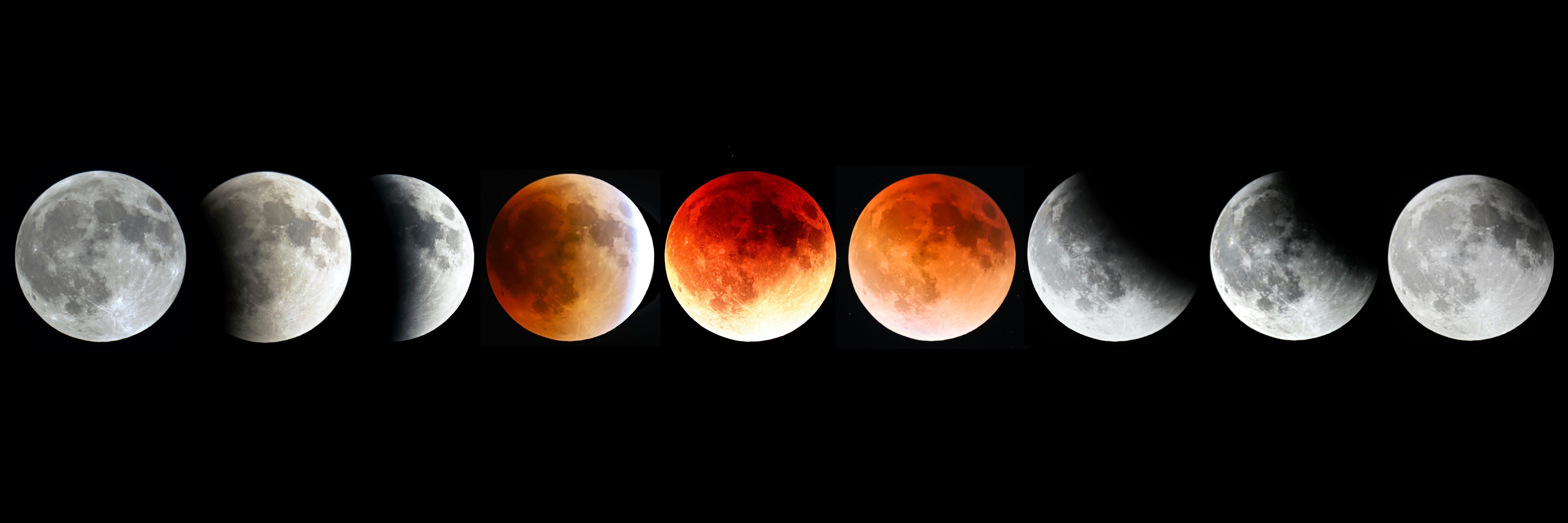
The moon, Earth's constant companion, goes through a cycle of phases that can be observed without special equipment. This cycle, lasting about 29.5 days, includes the new moon, crescent, first quarter, gibbous, full moon, and back again. Each phase results from the moon's position relative to the Earth and the sun, offering a visual demonstration of celestial mechanics. The changing phases of the moon have been used to mark time and guide agricultural practices for millennia. Culturally, the moon holds a special place in the mythology and traditions of many societies. It has been associated with deities, fertility, and the passage of time. The full moon, in particular, is often linked to celebrations and rituals. In modern times, the moon continues to inspire artists, poets, and scientists, who study its surface and origins. Observing the moon's phases is a simple yet profound way to connect with the natural world and the cycles that govern our lives.
7. Planetary Alignments: Celestial Choreography

Planetary alignments, or syzygies, occur when two or more planets appear close together in the sky. These events, while not rare, are a striking sight that can be observed without a telescope. Alignments can involve any visible planets: Mercury, Venus, Mars, Jupiter, and Saturn. When these planets align, they create a celestial choreography that has fascinated observers for centuries. Historically, planetary alignments have been associated with significant events and astrological predictions. Ancient astronomers used them to develop early models of the solar system, while astrologers interpreted them as signs of change or opportunity. In modern times, planetary alignments allow skywatchers to observe multiple planets in a single view, offering a unique perspective on our solar system. These alignments remind us of the intricate dance of celestial bodies and the forces that govern their movements.
8. The Zodiac Constellations: Celestial Maps
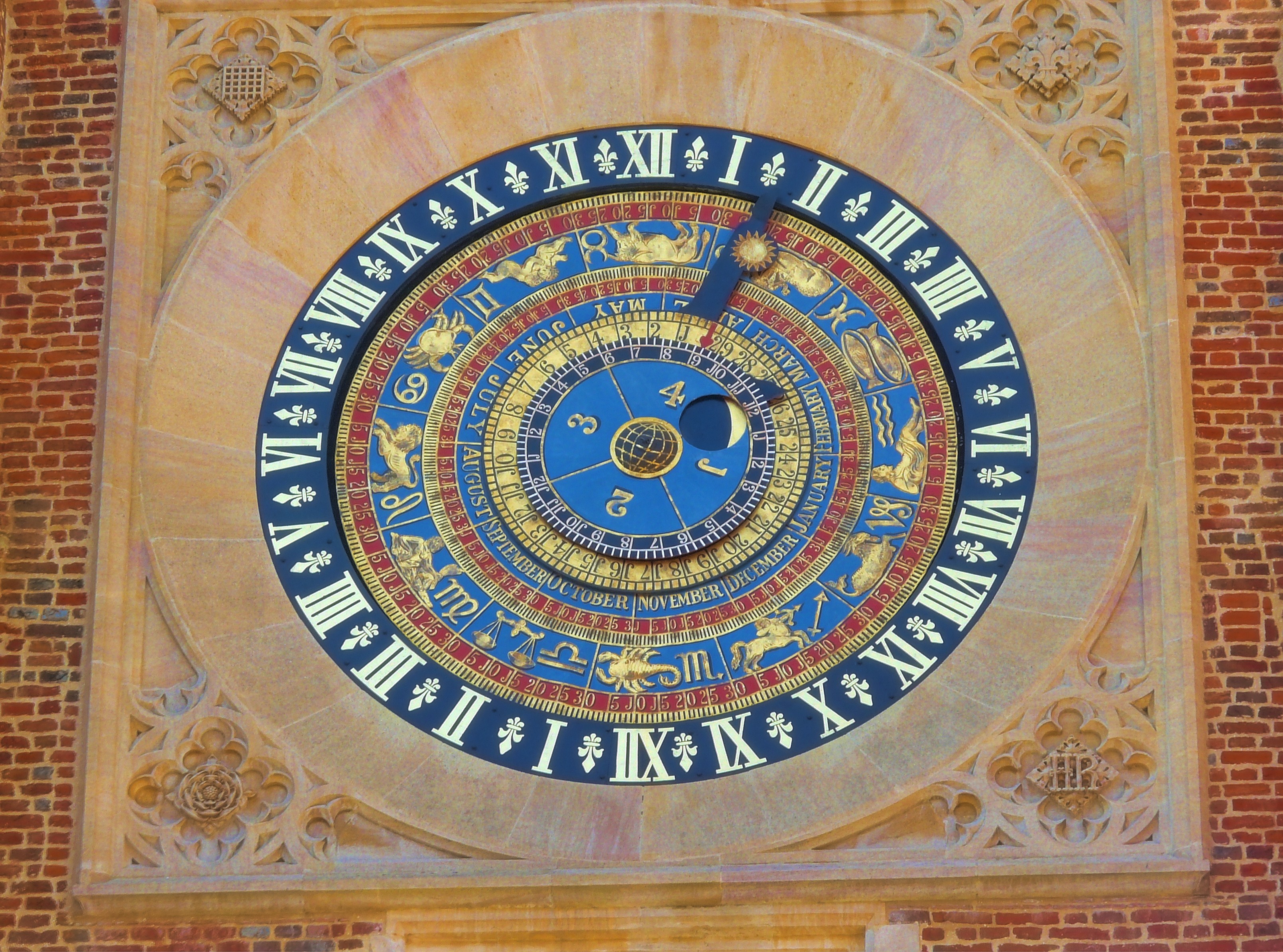
The zodiac constellations are a group of twelve star patterns that lie along the ecliptic, the apparent path of the sun across the sky. These constellations, including Aries, Taurus, and Gemini, have been used for millennia as a celestial map to track the sun's movement and mark the changing seasons. Each constellation is associated with a specific time of year, forming the basis of the zodiac calendar used in astrology. While astrology is not a science, the zodiac constellations hold cultural and historical significance. They have been used to guide agricultural practices, navigate the seas, and develop early astronomical models. Observing these constellations connects us to the ancient traditions of stargazing and the human quest to understand the cosmos. By learning to identify the zodiac constellations, we gain a deeper appreciation for the night sky and the stories it holds.
9. The Pleiades: A Star Cluster of Legends
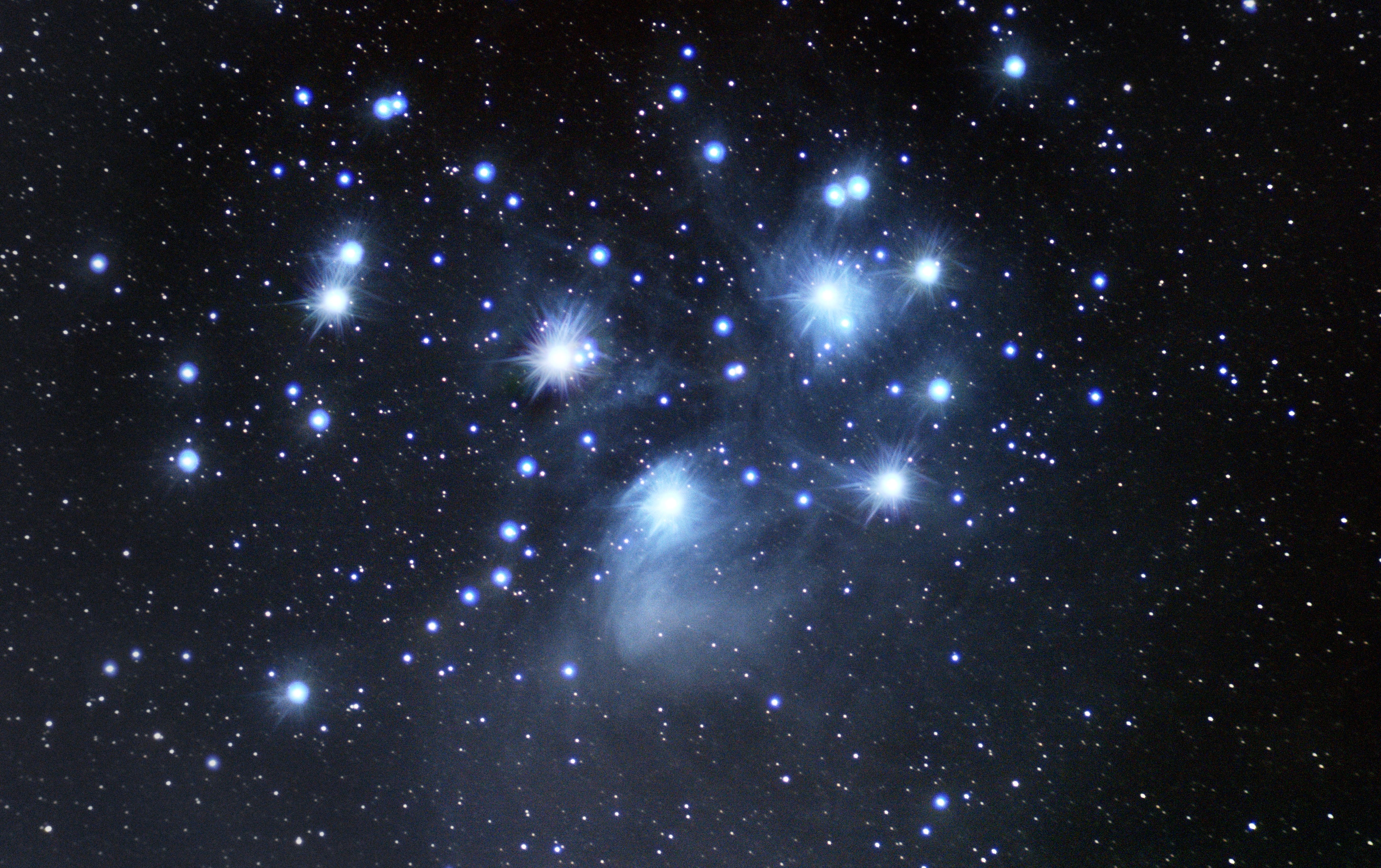
The Pleiades, also known as the Seven Sisters, is a prominent star cluster visible to the naked eye. Located in the constellation Taurus, the Pleiades have been recognized by cultures worldwide, each weaving its own myths and legends around these stars. In Greek mythology, the Pleiades were the seven daughters of the titan Atlas, while in Japanese culture, they are known as Subaru, meaning "unite." Astronomically, the Pleiades is an open star cluster containing hundreds of stars, though only a handful are visible without a telescope. The cluster is relatively young, estimated to be about 100 million years old, and provides valuable insights into stellar formation and evolution. Observing the Pleiades is a rewarding experience, connecting us to the scientific and cultural heritage of stargazing. These stars remind us of the shared human fascination with the cosmos and the stories that unite us across time and space.
10. The Andromeda Galaxy: A Neighboring Universe
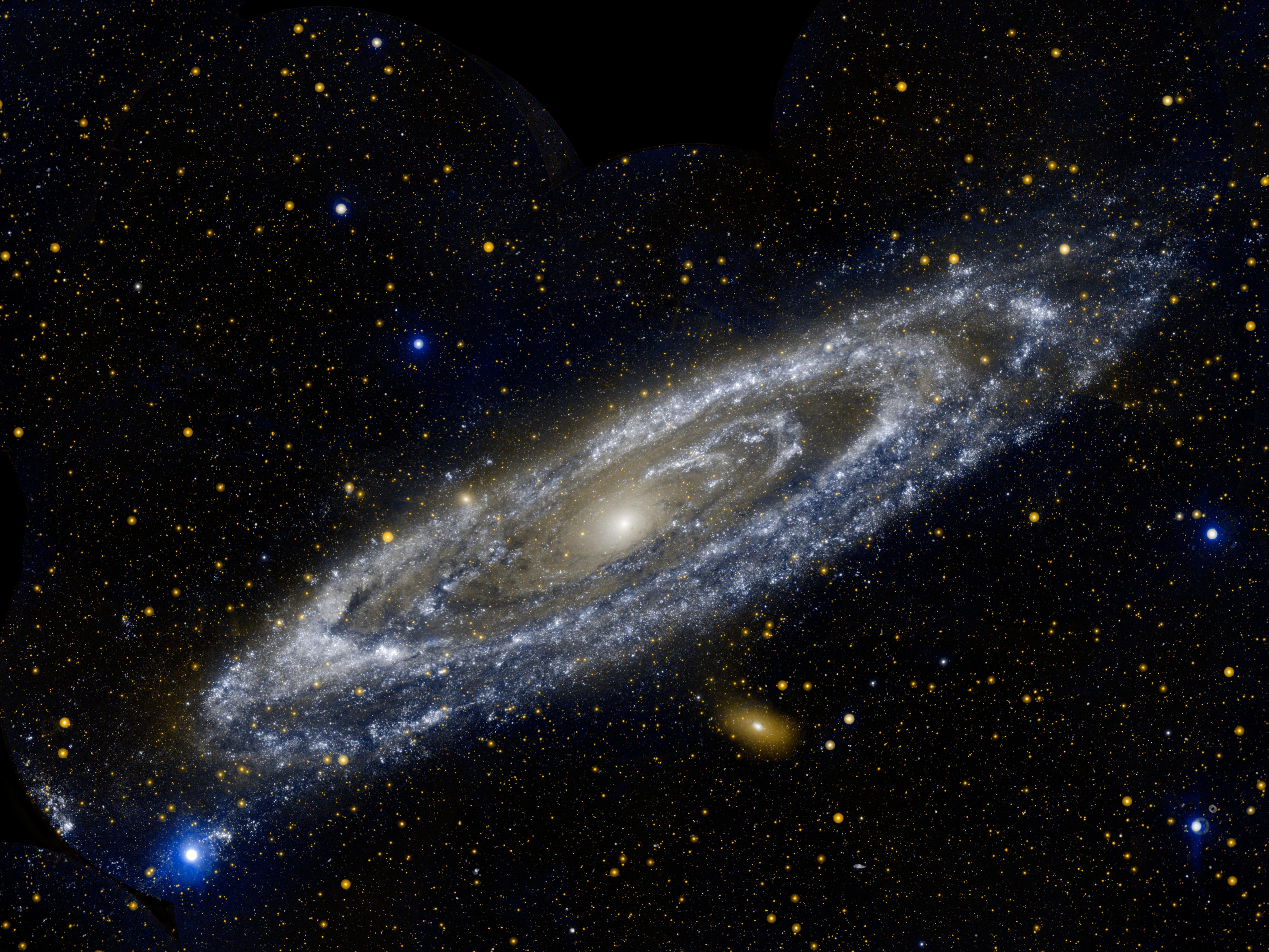
The Andromeda Galaxy, our closest galactic neighbor, is a spectacular sight that can be seen with the naked eye from a dark location. Located about 2.5 million light-years away, Andromeda is the largest galaxy in the Local Group, which includes the Milky Way. It appears as a faint, elongated smudge in the sky, a testament to the vastness of the universe and the interconnectedness of galaxies. Studying the Andromeda Galaxy has provided valuable insights into the structure and dynamics of galaxies. It is on a collision course with the Milky Way, with the two galaxies expected to merge in about 4.5 billion years. Observing Andromeda offers a glimpse into the future of our galaxy and the cosmic forces that shape the universe. This galaxy serves as a reminder of the scale of the cosmos and the ongoing dance of galaxies across the universe.
The wonders of the night sky offer a window into the universe, inviting us to explore and connect with the cosmos. From the vibrant auroras to the distant Andromeda Galaxy, these celestial phenomena inspire awe and curiosity, reminding us of our place in the universe. By observing these sights without a telescope, we engage with the natural world and the rhythms that govern it, fostering a deeper appreciation for the beauty and complexity of the cosmos. As we conclude our journey through these 10 wonders, we are reminded of the interconnectedness of all things. The universe is a symphony of celestial bodies, each playing a part in the grand cosmic dance. By gazing at the night sky, we become part of this symphony, connected to the stars and the stories they hold. The wonders of space are accessible to all, offering a source of inspiration and wonder that transcends time and technology.
